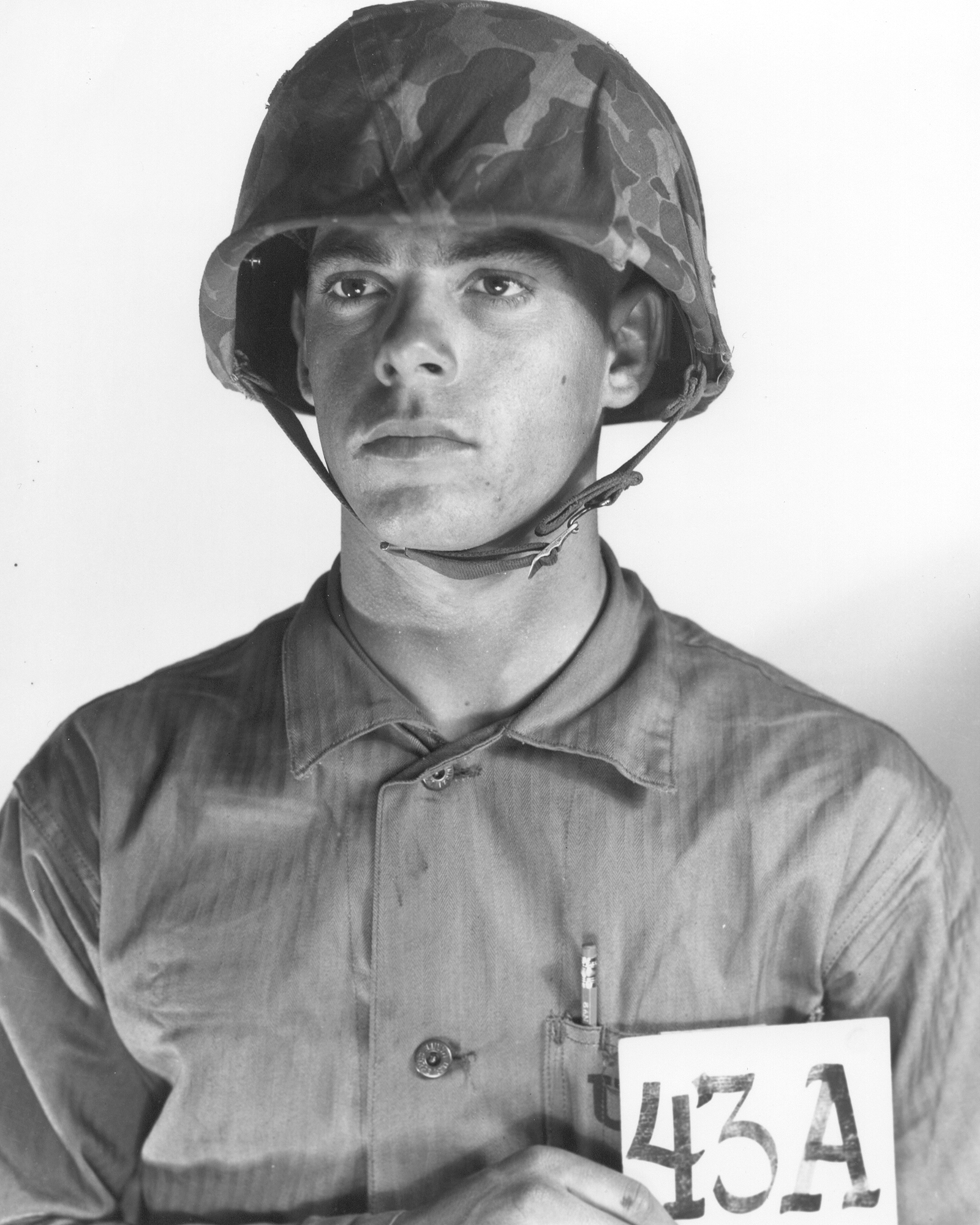Bourbon, one of America's native spirits, boasts a rich and storied history that is as complex and nuanced as the drink itself. Its origins are as murky as a charred oak barrel, with debates swirling around its inception like ice in a glass. What is clear to all who arrive on our shores, however, is that bourbon has become an integral part of American culture. Craftsmanship, tradition, and the rugged individualism of the American frontier are all symbolized in this amber liquid.
How it Began
The history of bourbon begins in the late 18th century, amidst the fertile lands of the American South. There is no single inventor of bourbon that history records, but its development is often attributed to the immigrant settlers of the Scots Irish variety, who brought distilling techniques from Europe to America. Finding the climate and the rich, limestone-filtered waters of Kentucky ideal, they had only to make use of corn, abundant in the region, to distinguish their spirit from European counterparts.
The name "bourbon" itself is subject to various tales. Most agree it comes from Bourbon County in Kentucky, a major shipping hub for distilled spirits heading down the Ohio and Mississippi Rivers to New Orleans, as maritime transport was the most efficient of the day. Barrels stamped from Bourbon County gained a reputation for their distinct flavor, and the name stuck.
Why are Whiskey and Burbon Not the Same?
Bourbon's identity was crystallized by legal standards, notably the 1964 Congressional resolution declaring bourbon a "distinctive product of the United States." This definition is tightly regulated and has a few important distinctions: Bourbon must be made in the U.S., contain at least 51% corn, be distilled to no more than 160 proof, entered the barrel for aging at no more than 125 proof, and be aged in new, charred oak barrels. The use of new barrels, a practice that distinguishes bourbon from other whiskeys, imparts bourbon with its characteristic vanilla and caramel notes.
What About Prohibition?
Not without its dark periods, Prohibition (1920-1933) nearly wiped out the industry, with only a few distilleries allowed to operate for ‘medicinal’ purposes. Due to those facilities (and likely many bootleggers) the recipes were kept, and post-Prohibition, the bourbon industry slowly rebuilt. It was not until the late 20th and early 21st centuries that bourbon experienced a surge in popularity, driven by the craft beverage movement and a growing appreciation for artisanal and heritage products.
The State of Bourbon Today
Today, bourbon is celebrated not just as a delicious alcoholic drink but as an artisanal craft reflecting the history and tradition of the United States. The Kentucky Bourbon Trail, a tourist attraction featuring many of the state's distilleries, draws thousands of visitors each year, eager to taste and learn about the history of bourbon. Limited editions, single barrel, and small batch bourbons have become highly sought after by collectors and connoisseurs alike, with many reaching the type of exorbitant prices you can only expect from such a market.
From its humble beginnings on the American frontier to its status as a globally recognized symbol of American craftsmanship, the story of innovation, resilience, and tradition, a testament to the enduring American spirit, it carries with it the rich tapestry of America's history, a liquid legacy of the nation's heritage and culture.



%201.svg)









